Overcoming 6 Common Website Mistakes

Now that you are challenging yourself to get a little more digital, you can take further strides and make sure your company's website truly represents the brand the way you intend it to.
So, what are the ground rules that you must keep in mind? Are they the same for every website? Or, do they differ from industry to industry? Well, there certainly are some common basics that dictate success of a website, no matter which industry it is representing. Unfortunately, there as many mistakes. With that in mind, let's look at common website mistakes and how to overcome them with digital best practices.
Common Website Mistakes
1. Uninspiring Landing Pages
The most important aspect to a website's success is where users first arrive, and that's often a landing page where they were directed to from an ad, search engine result, social post, etc. Landing pages should not only be relevant but shouldn't be where you flood all the information to. Landing pages should grab a website visitor's attention without throwing every bit of data about a company at him or her.
If you have been worried that you can't garner enough attention on the Web, explaining everything about your company and its services on the page isn't going to save the day for you. While you can take measures to gain some traffic, you also need to ensure that the traffic stays.
Including design elements with impressive visual appeal isn't going to do any disservice, unless it kills the responsiveness of your website. Getting a visually enriching landing page might not lead to a hyper-growth, but it surely will inch you ahead of your peers with a greater degree of confidence by making people stay and navigate the site further.
As far as the informational bits are concerned, you can always display multiple categories on the landing page in order to ensure that the visitors know what to expect. Have 6-8 categories representing your service set will serve the purpose just right.
2. Too Flamboyant

Alright, you need a design that stands out. But it needs to stand out in admiration, not in ridicule. Throwing dashes of pink all over for your IT services website could be the doom of your enterprise, as users may not take the company seriously.
Similarly, fancy fonts may look great but could impact the user experience. When your website represents a brand, you must make the website's design fall in line with the brand's message.
A website around entertainment can have all the colors splashed across its headers and sidebars, but if they are making that website look gaudy, it just won't work - users will bounce, conversions will drop, etc.
3. Users Must Rely on Hitting F5
Unless your visitors are on a slow Internet connection, your are defeating the whole purpose of bringing your business online if the visitors have to keep refreshing the page for it to load fully. Slow website speeds have never helped the cause, and won't ever.
Now, there may be a truckload of reasons for the slow speed of your website, or there may be just one among that truckload, what you need to do on your part is to find out those reasons and drive them off from your technology milieu. Nothing would hurt your prospects more than a slow website (not even the bad design).
You may have signed up with an abysmal hosting provider which has a reputation of offering low quality services (too bad, you didn't research enough), or you are using way too many plugins on the site that are serving as the bottlenecks for the speed, or the design of your website is way too loaded with elements that leave the speed in lurch.
Whatever be the reason, the sooner you pick them out, the better it is for you in the short and in the long run. If you lose a visitor to slow speed, you can be rest assured he or she isn't coming back.
4. Using an Overly Promotional Tone
Granted, the website represents your service. So, it is meant to sound promotional, but there's a fine line between sounding like a terrible infomercial and being informative.
The best way to blend brand promotion with a dynamic tone is by hiring quality content writers to write for your website. The website needs someone who is skilled enough to bring out that brand message without being overtly advertising.
These professional writers know what should be the ideal density of the company-related information and the creative bits that are good enough to hook the reader.
5. The Gaudy Pop Ups
Well, you'd be surprised how many website managers still use those ridiculously flashy pop ups in their attempt to draw their users' attention to a particular contest being run on their website, or perhaps to an offer on some service.
It's great if you intend to draw some attention, but there are more subtle and effective means to do so. Get some pop ups developed that don't assault the senses of your visitors but are still inticing enough to click on.
6. Not being Original

Now this is a condition a zillion individuals and brands suffer from. Originality in fact has become a luxury that we come across on rare occasions. On the Internet, it is quite tempting to fall prey to the tendencies of lifting someone else's work and rehashing it to suit your own business.
Some even manage to do an excellent job of it and create a design or content that ends up gaining more eyeballs than the original. However, if that's the route you wish to take, your reputation is likely to take a major hit. Instead, take advantage of the many content marketing tools available on the market.
At the end of the day, your website forms a critical part of your online strategies. But having a dent on originality or the overall appeal isn't taking you very far. Steer clear of the common oversights and make serious efforts to create your own niche.

Subscribe to Our Newsletter!
Latest in Marketing









